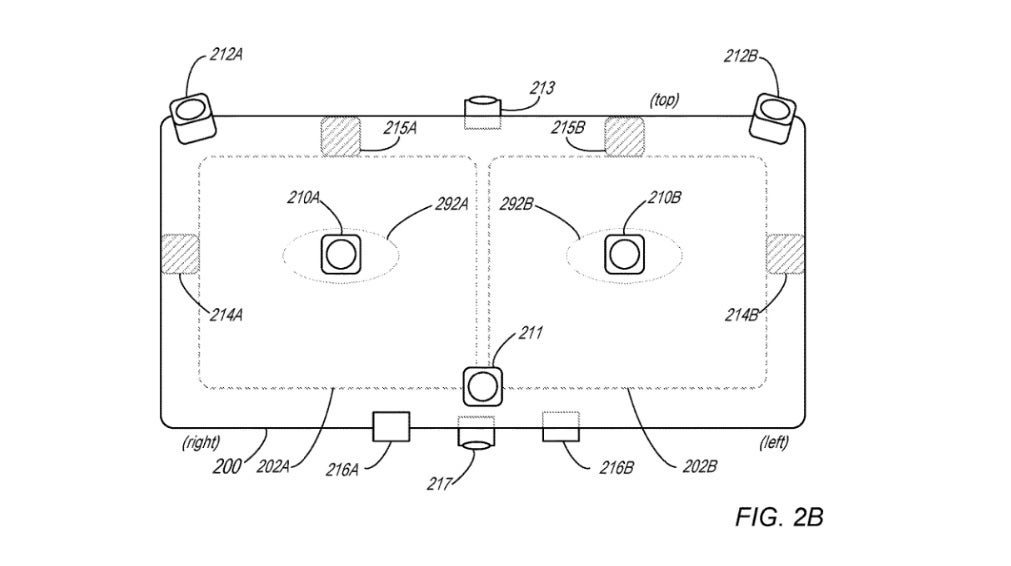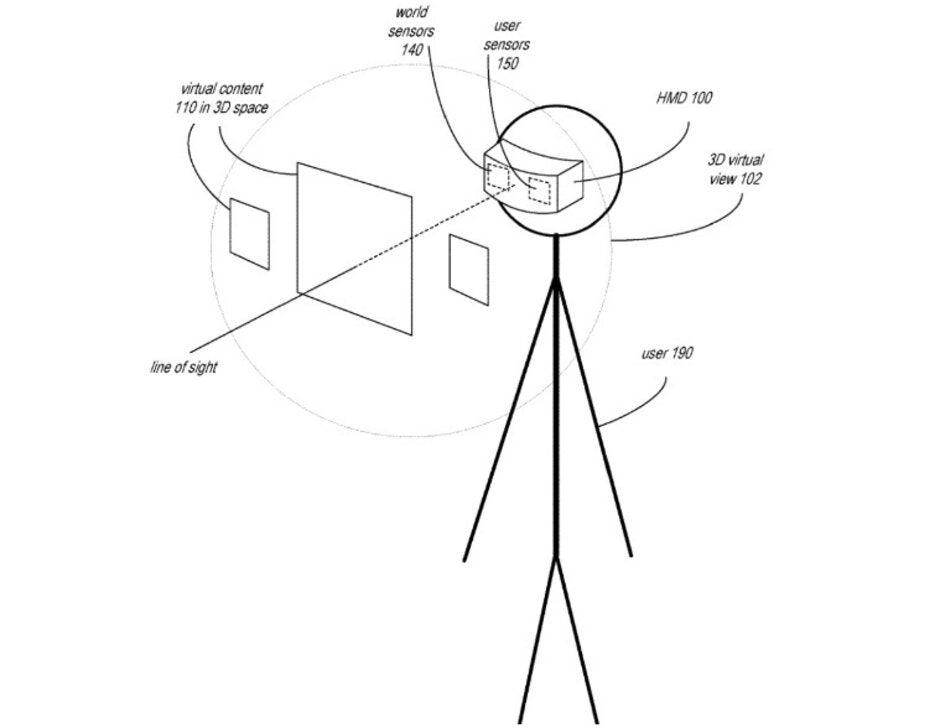Patent application reveals how you will use Apple's next big thing

Earlier this month, a report stated that Apple had "temporarily stopped" developing the AR-based Apple Glasses. This was the device that was expected to be Apple's "next big thing" and one analyst predicted that it would be bigger than the iPhone. According to CNET, Apple is still planning on releasing a mixed reality headset next year that would support both AR and VR, and feature 8K displays for each eye (7680×4320 to be precise). To put that in context, the HTC Vive Pro VR headset features a 1400 x 1600 resolution.
In April 2018, a massive leak revealed the above specs and also indicated that the headset will be powered by a 5nm processor. Currently, the 7nm process is used on chips like the Apple A11 and the Snapdragon 855 and TSMC is expected to churn out 5nm components next year. The smaller the process number, the higher the number of transistors inside the chip. So theoretically, a 5nm processor should be more powerful and conserve more energy than currently available components. The model number mentioned in today's report, T288, dates back to November 2017. Back then, the information that leaked revealed the name of a new operating system developed for the headset: rOS (for Reality Operating System).
The headset could be used for gaming, viewing digital media, browsing the web and more
Earlier this month, the U.S. Patent and Trademark Office (USPTO) published a related patent application filed by Apple. Titled Display System Having Sensors, the application discusses a head-mounted display (HMD) that uses mixed reality (AR/VR). The HMD includes sensors that gather information about the user and his or her environment. This information would include the user's expression, eye movement and hand gestures. The sensors might include one or more cameras to provide the user with a real-world view.

Illustration from Apple's patent application related to a mixed reality headset
"Embodiments of a mixed reality system are described that may include a mixed reality device such as a headset, helmet, goggles, or glasses (referred to herein as a head-mounted display (HMD) that includes a projector mechanism for projecting or displaying frames including left and right images to a user's eyes to thus provide 3D virtual views to the user. The 3D virtual views may include views of the user's environment augmented with virtual content (e.g., virtual objects, virtual tags, etc.). The mixed reality system may include world-facing sensors that collect information about the user's environment (e.g., video, depth information, lighting information, etc.), and user-facing sensors that collect information about the user (e.g., the user's expressions, eye movement, hand gestures, etc.). The sensors provide the information as inputs to a controller of the mixed reality system. The controller may render frames including virtual content based at least in part on the inputs from the world and user sensors. The controller may be integrated in the HMD, or alternatively may be implemented at least in part by a device external to the HMD. The HMD may display the frames generated by the controller to provide a 3D virtual view including the virtual content and a view of the user's environment for viewing by the user."-Summary from Apple's patent application

Illustration from Apple's patent application
The mixed reality headset would merge the real-world environment captured by the sensors with the graphics created for virtual reality. It also would show an avatar of the user's face based on "information collected by the one or more eye-tracking sensors, the one or more eyebrow sensors, and the one or more lower jaw sensors." The patent says that the HMD could sport a projector to project or display images to the user's left and right eyes and would work with applications that add virtual content to a real-world view. Examples of such applications mentioned in the patent include virtual training, gaming, viewing digital media, and browsing the web.
The patent application was originally filed by Apple back in September 2017.
Follow us on Google News














Things that are NOT allowed:
To help keep our community safe and free from spam, we apply temporary limits to newly created accounts: